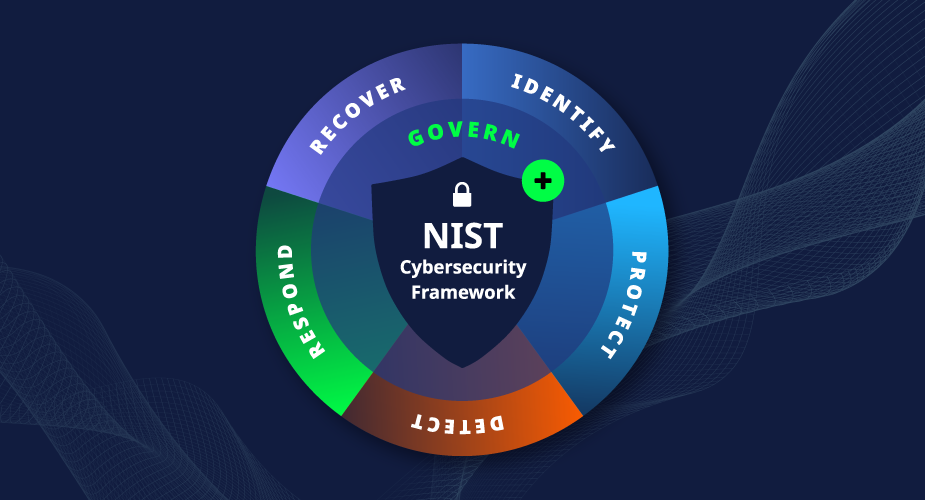Windows Server 2012
 Cloud computing in general, and private clouds in particular, have emerged as a response to the high cost and lack of agility of traditional approaches to IT. The needs of IT users and the rate of technological change have increased signifi cantly.
Cloud computing in general, and private clouds in particular, have emerged as a response to the high cost and lack of agility of traditional approaches to IT. The needs of IT users and the rate of technological change have increased signifi cantly.
At the same time, the need to improve IT effi ciency and reduce costs are high-priority objectives in most businesses today.
Server consolidation through virtualization has been a key driver of cost savings over the past several years. Windows Server 2012 and Hyper-V provide signifi cant improvements in scalability and availability, which enables much higher consolidation ratios. Combined with the fl exibility of unlimited VM licensing in some Windows SKUs, high-density virtualization can reduce costs signifi cantly. With Windows Server 2012 and Hyper-V supporting clusters up to 64 nodes running up to 4,000 VMs, a relatively small amount of physical hardware can support a large amount of IT capability.
Further improving the consolidation story is the ability to run signifi cantly larger VMs, resulting in a higher percentage of physical servers being candidates for virtualization. Individual Windows Server 2012 VMs are able to support 32 virtual processors and 1 terabyte (TB) of random access memory (RAM), providing the ability to virtualize the vast majority of physical servers deployed today. Examples include large database servers or other high-scale workloads that previously could not be virtualized.
In addition to scale, a substantial number of new capabilities in the Windows Server 2012 and Hyper-V platform enable cloud computing scenarios. Defi nitions of cloud computing vary; however, one of the most commonly utilized defi nitions is from the U.S. National Institutes for Standards and Technology (NIST), which defi nes fi ve “essential” characteristics of cloud computing solutions, including on-demand self-service, broad network access, resource pooling, rapid elasticity, and measured
service. These attributes enable the agility and cost savings expected from cloud solution
IT is the number of servers that an individual administrator can manage. In many datacenters, this number is small, typically in the double digits. In highly automated datacenters such as Microsoft’s, an individual administrator can manage thousands of servers through the use of automation. Windows Server 2012 delivers this automation capability through the Server Manager user interface’s ability to manage user-defi ned groups of servers as one, plus the ability of PowerShell to automate activities against a nearly unlimited
number of servers. This reduces the amount of administrator effort required, enabling administrators to focus on higher-value activities.
Taken together, the capabilities provided by Windows Server 2012 deliver the essential cloud attributes and the foundation for signifi cant improvements in both IT cost and agility.
David Ziembicki
Senior Architect, U.S. Public Sector, Microsoft Services
—
Salam Share
|EDy Susanto|
Completed [MSCE, CSSA, APP, RHCSE, RHCSA, CWNA, CWNE, CISA, CISM, C|EH, VCP, CISSP, ISSEP]







